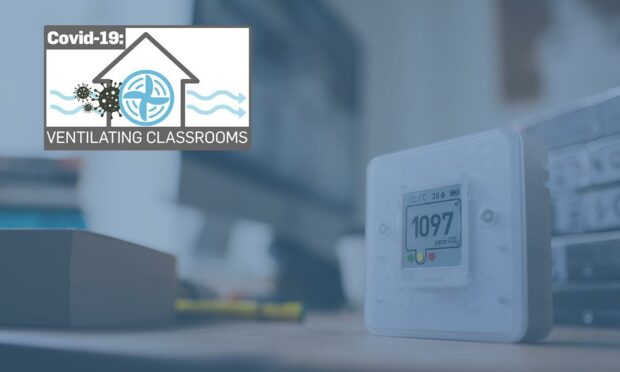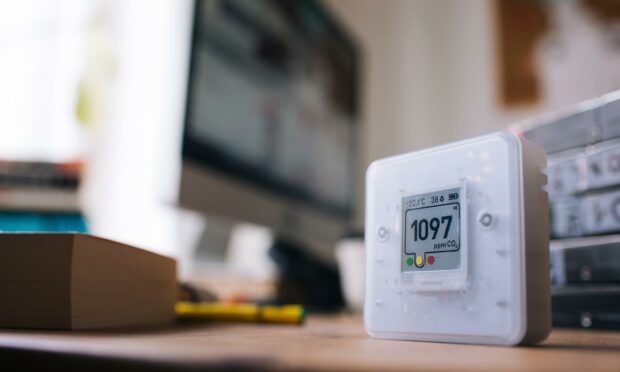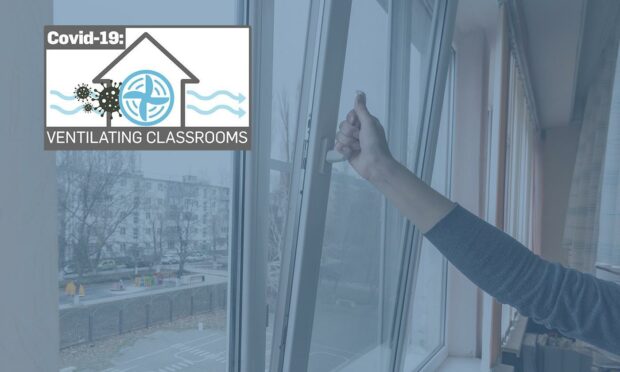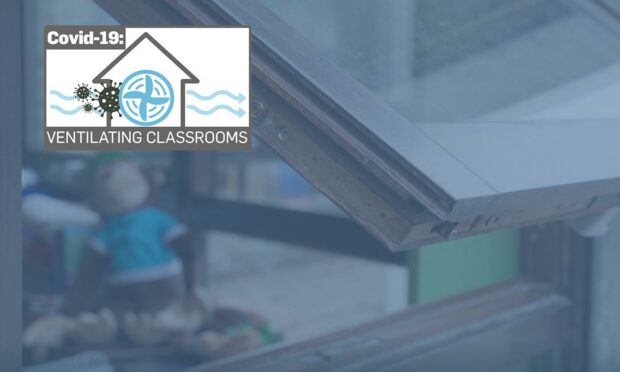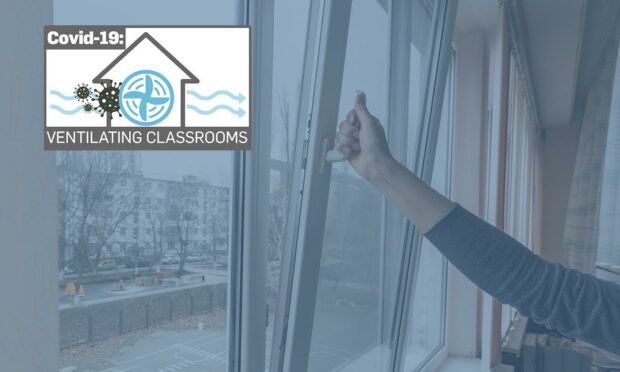Ventilation in schools is seen as a key tool for preventing Covid-19 infection in classrooms.
Schools across Tayside and Fife have been provided with thousands of carbon dioxide monitors so teachers can tell when their classroom needs more fresh air to reduce the risk of airborne spread of the virus.
But are there enough to monitor air quality in every classroom during the Covid-19 pandemic, even with the extra £10 million pledged by the Scottish Government in August to provide them?
We made freedom of information requests to Angus, Fife, Dundee and Perth and Kinross councils to find out how many CO2 monitors – fixed or mobile – each of their schools had by the end of last term and here are the results.
How many CO2 monitors in your school?
(Table updated to include Dundee City Council schools and nurseries. The 1,000 listed devices in Perth and Kinross schools does not include a further 523 in schools with integrated monitors)
By the end of last term Fife Council had distributed 1,290 monitors to 176 schools and nurseries. It says it has ordered 3,500 more to be hard-wired into classrooms before net summer.
Angus Council had 1,581 devices in 62 schools and nurseries and says it intends to provide a monitor for every classroom.
Dundee City Council, which has 41 schools and 13 standalone nurseries, had 1,117 fixed and mobile monitors by the end of last term, while Perth and Kinross Council said it had 1,523 monitors in operation among 73 schools and nurseries.
Across Scotland around 22,000 monitors have been purchased, according to the Scottish Government.
A government spokesman said: “Improved ventilation will play a significant role in reducing transmission indoors and contribute to our wider coronavirus recovery.
“Local authorities have made significant progress in taking forward CO2 monitoring of all learning, teaching and play spaces and we expect 95% of spaces to have been assessed by Friday, November 5.
“Only a relatively limited number of spaces with ventilation problems have been identified and most of these have been remedied through small scale maintenance or additional guidance.
“We are continuing to work with local authorities to consider next steps and to ensure that suitable longer-term strategies are in place for monitoring and ventilation.”
